Home>Garden Essentials>Where Do Grass Seeds Come From
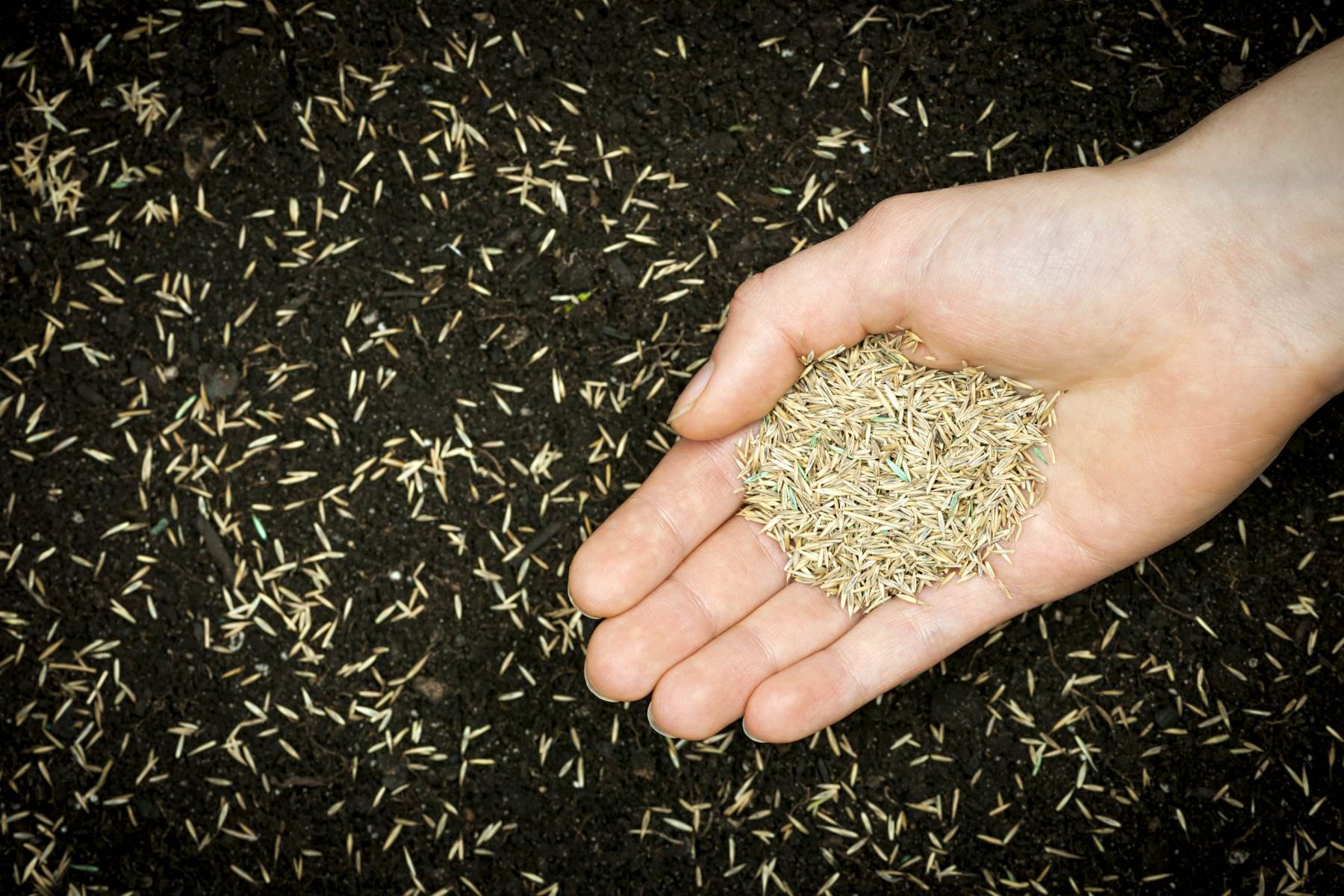

Garden Essentials
Where Do Grass Seeds Come From
Modified: September 1, 2024
Discover the origin of grass seeds in your garden and unlock the secrets of their growth and development. Explore the fascinating journey from seed to lush green lawn.
(Many of the links in this article redirect to a specific reviewed product. Your purchase of these products through affiliate links helps to generate commission for Storables.com, at no extra cost. Learn more)
Introduction
Gardens are a magical space where nature thrives and beauty flourishes. Whether you have a small backyard or a vast landscape, growing greenery is a rewarding experience. And one of the fundamental elements in any garden is grass. Lush green lawns provide a serene backdrop to vibrant flowers and towering trees.
But have you ever wondered where grass seeds come from? How do they magically transform into the verdant carpets we see and walk on? In this article, we will delve into the fascinating journey of grass seeds, exploring their origin, development, and eventual transformation.
Grass is a remarkable plant that belongs to the Poaceae family, which includes over 10,000 different species. From the delicate blades of Kentucky bluegrass to the hardy stalks of Bermuda grass, each variety plays a unique role in the botanical tapestry of our gardens.
Understanding the life cycle of grass is paramount in appreciating how seeds are formed. So, let’s embark on a journey through each stage of the grass life cycle to uncover the mysteries behind the creation of these tiny, powerful life-bringers. From pollination to dispersal and germination, we will unlock the secrets of grass seed production.
By the end of this article, you will have a comprehensive understanding of the process that brings grass seeds to life and possesses the knowledge to nurture and cultivate vibrant lawns in your own backyard.
Key Takeaways:
- Grass seeds are the tiny powerhouses behind lush lawns, formed through pollination and fertilization. They mature into viable seeds, ready for dispersal and germination, contributing to the beauty of our landscapes.
- Understanding the life cycle of grass and the formation of seeds empowers us to nurture vibrant lawns. By facilitating dispersal and germination, we play a vital role in sustaining the natural beauty of our gardens.
Read more: Where Do The Sunflower Seeds Come From
The Life Cycle of Grass
The life cycle of grass is a continuous and cyclical process, characterized by different stages that allow the plant to grow, reproduce, and perpetuate its species. Understanding this life cycle is essential for gardeners and homeowners to effectively care for their lawns and contribute to the natural rhythm of the grass species they cultivate.
The grass life cycle begins with the germination of the seed. When conditions are favorable, such as the right temperature and moisture levels, the seed sprouts and sends roots downward into the soil. Simultaneously, a shoot emerges from the seed, aided by the nutrients stored within.
Through photosynthesis, the young shoot produces energy and continues to grow. As the plant matures, it develops additional roots, expanding its network in search of water and nutrients. The shoot continues to elongate, forming leaves and eventually blades of grass.
During this growth phase, the grass plant focuses on developing a strong root system and photosynthesizing to produce energy for sustained growth and maintenance. This is when lawns are typically mowed and cared for to encourage healthy growth and an even appearance.
As the grass plant reaches maturity, it enters the reproductive phase. This phase is characterized by the formation of flowers, which are an essential component of seed production. Different grass species have varying flower structures and methods of reproduction.
Some grass species, like Kentucky bluegrass, have small and inconspicuous flowers that emerge from the stems. Other species, like Timothy grass, have more prominent, elongated flowers that sway in the wind. These flowers contain the reproductive organs of the grass plant, including the male stamens and the female pistil.
Pollination occurs when pollen grains from the male parts of the flower (anthers) are transferred to the female part (stigma) of the same flower or another flower. There are various methods of pollination in grass, including wind pollination, which is the most common. In wind-pollinated grasses, the flowers are typically light and have feathery stigmas that catch and trap pollen grains carried by the wind. The pollen grains then travel to the stigma of another flower, enabling fertilization.
Fertilization is the process in which the male pollen grains fuse with the female reproductive cells, resulting in the creation of a seed. Once fertilized, the ovule develops into a seed within the flower. The seed contains the genetic information necessary for the growth and development of a new grass plant.
After fertilization, the grass plant begins to divert its energy towards seed production. The flowers gradually wither and dry out, forming seed heads. These seed heads contain the mature seeds and serve as a protective structure to ensure their safe development.
Once the seeds are fully mature, they are ready for dispersal, allowing the grass plant to spread and colonize new areas. Dispersal methods vary among grass species and can include wind dispersal, animal dispersal through fur or feathers, and even human dispersal through human intervention or unintentional transport.
Once dispersed, the grass seeds lie dormant in the soil, waiting for the right conditions to germinate and start their own life cycle anew. Factors such as moisture, temperature, and sunlight play crucial roles in stimulating seed germination.
The life cycle of grass is a intricate and fascinating process, where the plants continually renew and propagate themselves. Understanding the stages of the grass life cycle empowers gardeners to make informed decisions about proper care and maintenance. By nurturing healthy grass plants, with well-maintained lawns, we can contribute to the beauty and sustainability of our natural surroundings.
The Formation of Grass Seeds
Grass seeds are the result of a complex biological process that occurs within the flowers of grass plants. While the exact formation may vary between different grass species, the underlying principles remain the same.
The formation of grass seeds begins with the pollination and fertilization of flowers. The flowering stalk of a grass plant, known as the inflorescence, consists of multiple florets. Each floret contains male and female reproductive structures necessary for reproduction.
Within the florets, the male reproductive organs, called stamens, produce pollen grains. These pollen grains are small, powdery structures that contain the genetic material of the male parent. The female reproductive structures, known as the pistil, consist of the stigma, style, and ovary.
When a grass plant is ready for fertilization, the florets’ stigma elongates, positioning itself to receive pollen. In wind-pollinated grasses, the stigma is feathery, designed to capture and hold onto the airborne pollen grains carried by the wind. Once pollen lands on the stigma, it germinates and grows a pollen tube down the style and into the ovary.
Inside the ovary, the ovules are located. Each ovule has the potential to develop into a seed. The pollen tube delivers the sperm cells to the ovules, and fertilization occurs as the sperm cells combine with the egg cells within the ovule.
Once fertilization is successful, the ovule undergoes transformation, developing into a seed. The ovule’s outer layer, called the integument, hardens and becomes the seed coat. This protective layer shields the developing seed from external factors and ensures its viability.
Meanwhile, inside the seed coat, the fertilized egg cell within the ovule begins to divide and differentiate. It forms the embryo, which will become the new grass plant once the seed germinates. The embryo consists of a radicle, the embryonic root, and a shoot apex, which will develop into the shoot system and leaves.
As the embryo develops, it also accumulates a nutrient-rich endosperm, which provides the necessary resources for the initial growth of the seedling. The endosperm is composed of complex carbohydrates, proteins, and fats, ensuring the seedling has the energy it needs to emerge from the soil and establish itself.
With the completion of the seed development, the grass seeds are now ready for dispersal. The mature seeds are often located on seed heads, which are the dried-up remnants of the grass plant’s inflorescence. These seed heads provide a protective structure to ensure the safe transport and dispersal of the seeds.
Dispersal methods vary between grass species but commonly include wind dispersal. The seeds are lightweight and equipped with structures like awns or wings, allowing them to be carried by air currents to new locations. Some grass seeds have adaptations for animal dispersal, where they adhere to fur or feathers and hitch a ride to new areas.
Overall, the formation of grass seeds is a remarkable process that allows the grass plant to reproduce and perpetuate its species. These tiny structures hold the potential for new life and serve as a vital component of the grass life cycle. Understanding the formation of grass seeds enables gardeners to appreciate the intricate workings of nature and make informed decisions when cultivating and caring for their lawns.
Pollination and Fertilization
Pollination and fertilization are crucial steps in the reproductive process of grass plants, leading to the formation of viable seeds. These processes ensure the transfer of genetic material from the male reproductive organs to the female reproductive organs, resulting in the fusion of gametes and the initiation of seed development.
Unlike flowering plants that rely on insects or animals for pollination, grass plants are typically wind-pollinated. This means that they do not produce showy or fragrant flowers to attract pollinators. Instead, grass plants have evolved special adaptations to facilitate wind pollination.
The male reproductive organs of grass plants, known as stamens, produce pollen grains. These grains are lightweight and small, allowing them to be easily carried by the wind. The flowers of grass plants are often positioned in a way that exposes the stamens to the wind, maximizing the chances of pollen dispersal.
When the time is right for pollination, the female reproductive organs, called pistils, become receptive to pollen. Each pistil consists of three parts: the sticky stigma, which serves as the landing surface for pollen grains; the style, which connects the stigma to the ovary; and the ovary, which houses the ovules that will develop into seeds.
As the wind blows, it carries pollen grains from neighboring grass plants. When the pollen grains come into contact with the sticky stigma, they adhere to its surface. The grains then germinate, forming pollen tubes that grow down the style towards the ovary.
Once inside the ovary, the pollen tubes deliver the sperm cells to the ovules. This process is facilitated by a specialized structure called the micropyle, which acts as a gateway for the pollen tubes to reach the egg cells within the ovule.
Upon reaching the egg cells, fertilization occurs. The nucleus of one sperm cell fuses with the egg cell nucleus, giving rise to a zygote. This zygote represents the combination of genetic material from both the male and female parents, and it will develop into the embryo of the seed.
At this stage, the fertilized ovule undergoes several changes. The ovule’s integument, or outer layer, begins to harden, forming the seed coat, which protects the developing embryo. Inside the seed coat, the endosperm, a nutrient-rich tissue, is formed. The endosperm provides nourishment for the developing embryo during germination.
Once fertilization is complete, the grass seed is formed. It is now ready for dispersal, allowing the grass species to colonize new areas. Whether dispersed by wind, animals, or other means, the grass seed contains the genetic information necessary for the growth and development of a new grass plant.
Understanding the importance of pollination and fertilization in the life cycle of grass plants is essential for gardeners and enthusiasts. By appreciating the intricate mechanisms that facilitate the transfer of genetic material, we can better understand the processes that lead to the formation of seeds and the ultimate perpetuation of grass species.
Grass seeds come from the seed heads of mature grass plants. These seed heads develop after the grass has gone through its reproductive cycle, and they can be collected and used for planting new grass.
Maturation of Grass Seeds
The maturation of grass seeds is a critical stage in their development, marking the transition from a fertilized ovule to a fully formed and viable seed. During this process, various changes occur within the seed structure, ensuring its readiness for dispersal and subsequent germination.
After successful fertilization, the fertilized ovule within the grass flower begins its transformation into a seed. One of the first visible changes is the hardening of the ovule’s outer layer, known as the integument. The integument gradually becomes the seed coat, providing protection for the developing embryo inside.
As the seed coat forms, the inside of the seed undergoes additional changes. The fertilized egg cell, or zygote, within the ovule starts dividing and differentiating, developing into the embryo. The embryo consists of a radicle, or embryonic root, and a shoot apex, which will give rise to the shoot system and leaves.
Simultaneously, the endosperm, a nutrient-rich tissue surrounding the embryo, begins to accumulate within the seed. The endosperm serves as a source of nourishment for the germinating seedling, providing essential carbohydrates, proteins, and fats. It ensures the seedling has enough energy to establish itself and start photosynthesizing independently.
The maturation of grass seeds is often accompanied by a change in color and texture. Seeds that were once soft and green start to harden and darken as they mature. This color change is due to the accumulation of pigments and the drying out of the seed coat.
During maturation, the seeds also experience a decrease in moisture content. This reduction in water content is a crucial adaptation for seed survival. Low moisture levels help prevent the growth of microorganisms and ensure that the seed remains dormant until conditions are favorable for germination.
Timing plays a crucial role in seed maturation. Different grass species have varied maturation periods, ranging from a few weeks to several months. It is essential to monitor the seed heads and observe signs of full maturity before attempting to collect or harvest the seeds. Seeds collected too early may not be fully developed and may fail to germinate successfully.
Proper storage is crucial to maintain the viability of mature grass seeds. Seeds should be stored in cool, dry conditions to prevent moisture absorption and the growth of mold or fungi. Vacuum-sealed containers or airtight bags can help ensure long-term seed viability.
Understanding the maturation of grass seeds is essential for gardeners and land managers involved in seed collection and propagation. By recognizing the visual cues and changes associated with seed maturation, one can accurately determine the optimal timing for seed collection and storage.
Remember, mature grass seeds hold the promise of new life, providing an opportunity to propagate and establish vibrant lawns and landscapes. By respecting the maturation process of grass seeds, we can harness the full potential of nature’s reproductive cycle and contribute to the beauty and vitality of our surroundings.
Read more: Where Do Seed Potatoes Come From
Dispersal and Germination of Grass Seeds
The dispersal and germination of grass seeds are crucial processes that allow grass plants to spread and establish in new areas. Through various dispersal mechanisms, grass seeds are transported away from their parent plants and deposited in favorable environments where they can germinate and grow. Let’s explore these fascinating stages in the life of a grass seed.
Dispersal methods for grass seeds are diverse and can include wind dispersal, animal dispersal, and human dispersal. Wind dispersal is the most common and efficient method used by many grass species. Grass seeds are lightweight and equipped with structures like awns, wings, or bristles that catch the wind and carry the seeds over long distances. These adaptations enable seeds to be dispersed beyond the immediate vicinity of the parent plant.
Animal dispersal also plays a role in the dispersal of some grass seeds. Seeds can attach to the fur, feathers, or clothing of animals, allowing them to be transported to new locations. This method of dispersal is particularly common in grass species that grow in habitats frequented by animals, such as meadows or grasslands.
Human dispersal is another significant factor in the spread of grass seeds. This can occur through intentional human activities, such as sowing grass seeds for landscaping or agricultural purposes. Unintentional human dispersal can also happen when seeds inadvertently cling to clothing, shoes, or equipment and are then transported to new areas.
Once a grass seed is dispersed and lands in a suitable environment, it has the potential to germinate and give rise to a new grass plant. Germination is a complex process that involves the activation of the embryo within the seed and the emergence of a new seedling.
The conditions required for germination can vary among different grass species. However, most grass seeds require the right combination of moisture, temperature, and light to trigger germination. Adequate moisture is crucial to soften the seed coat and activate enzymes necessary for growth. Optimal soil temperatures and suitable light conditions provide the necessary cues for seed activation.
During germination, the first visible sign is the emergence of the radicle, the embryonic root, from the seed coat. The radicle anchors the seedling in the soil and begins to absorb water and nutrients. As the radicle grows, the shoot apex pushes through the soil surface, eventually developing into the shoot system of the grass plant.
Once the seedling has emerged, it needs proper care and attention to ensure its successful establishment. Adequate watering, nutrient-rich soil, and protection from external factors like extreme temperatures or pests are essential for the seedling’s growth and survival.
Over time, the seedling develops its root system, shoots, and leaves, progressing into a young grass plant. With the right environmental conditions, such as regular watering and proper lawn maintenance, the grass plant will continue to grow and thrive, contributing to the beauty and health of the landscape.
The dispersal and germination of grass seeds are critical stages in the life cycle of grass plants. Through these processes, grasses have adapted to spread and establish in diverse habitats worldwide. By understanding and facilitating these natural processes, we can contribute to the growth and sustainability of grass species in our gardens and landscapes.
Conclusion
Grass seeds are the source of life and beauty in our gardens and landscapes. Understanding their origin, development, and journey from dispersal to germination is essential for anyone looking to create and maintain lush, vibrant lawns.
From the intricate life cycle of grass to the formation of seeds through pollination and fertilization, we have explored the remarkable processes that bring grass seeds to life. We have witnessed the maturation of seeds, as they transform from a fertilized ovule into a fully-formed and viable structure ready for dispersal.
Through wind, animal, and human dispersal mechanisms, grass seeds embark on their journey, ensuring the continuation of grass species in new areas. And with the right conditions of moisture, temperature, and light, these seeds germinate, giving rise to young seedlings that will mature into beautiful grass plants.
By nurturing and caring for our lawns, we can actively participate in the natural processes that sustain and propagate grass species. From proper watering and mowing techniques to providing nutrient-rich soil and protection from environmental stresses, we can play a vital role in the success and longevity of our grass plants.
So, the next time you step onto a lush green lawn or admire a neatly manicured landscape, take a moment to appreciate the journey of those grass seeds. Remember the intricate processes that brought them to life, and the importance of their dispersal and germination in creating the natural beauty surrounding us.
With knowledge and care, we can cultivate thriving lawns that not only enhance the visual appeal of our outdoor spaces but also contribute to the health and sustainability of our environment. So let’s embrace the wonder of grass seeds and the vital role they play in our gardens, knowing that we are part of a thriving ecosystem that celebrates the cycle of life and growth.
Frequently Asked Questions about Where Do Grass Seeds Come From
Was this page helpful?
At Storables.com, we guarantee accurate and reliable information. Our content, validated by Expert Board Contributors, is crafted following stringent Editorial Policies. We're committed to providing you with well-researched, expert-backed insights for all your informational needs.
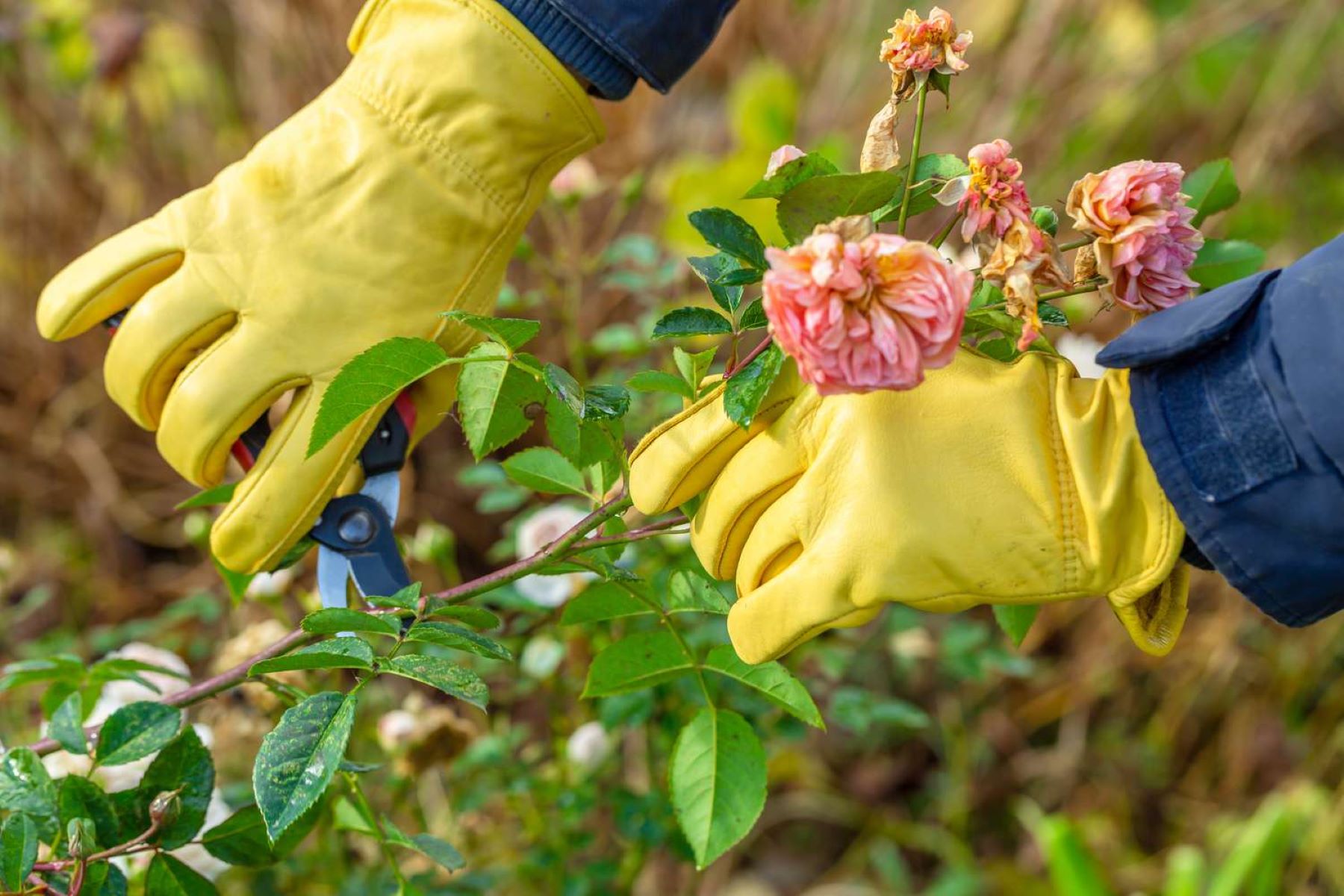


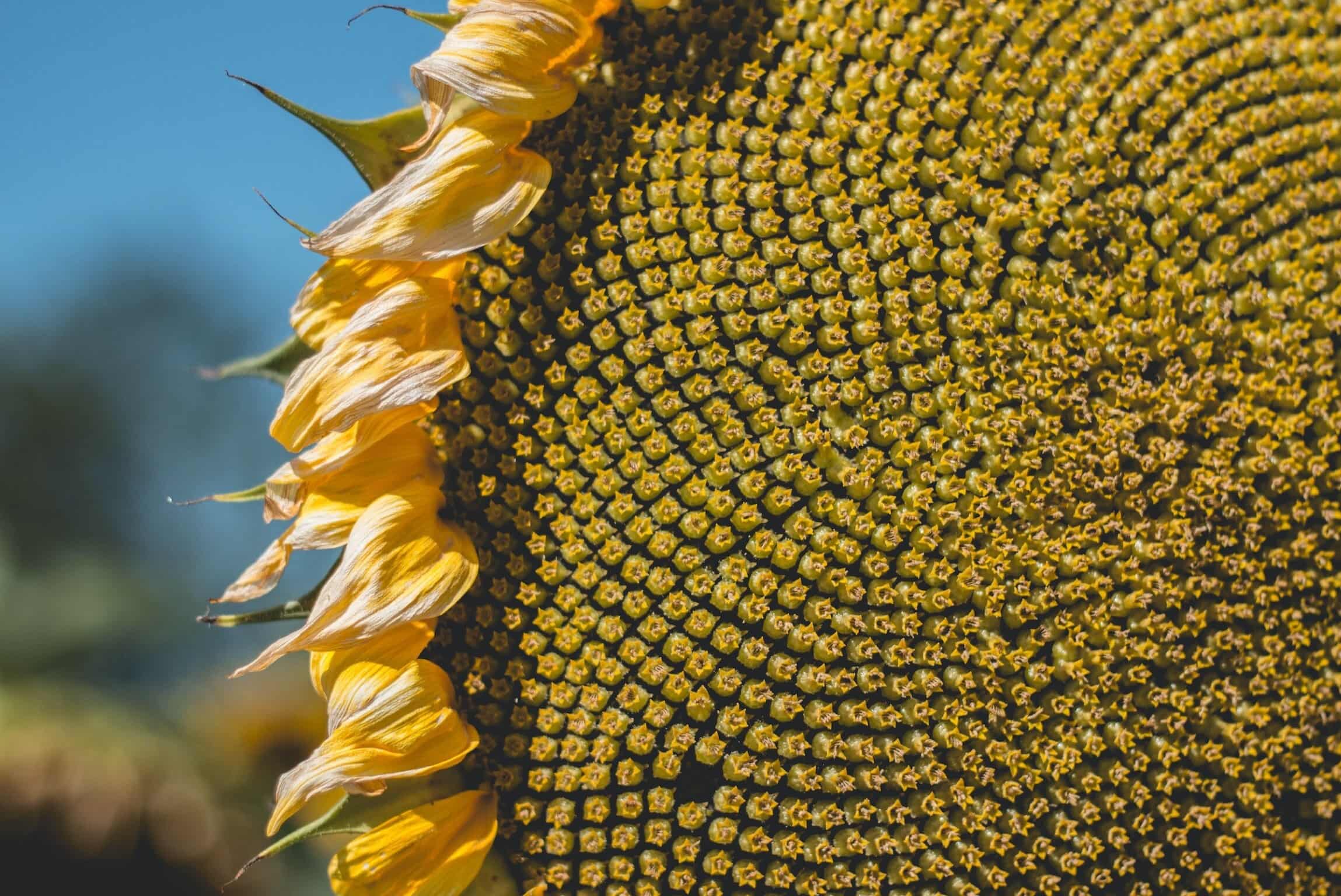
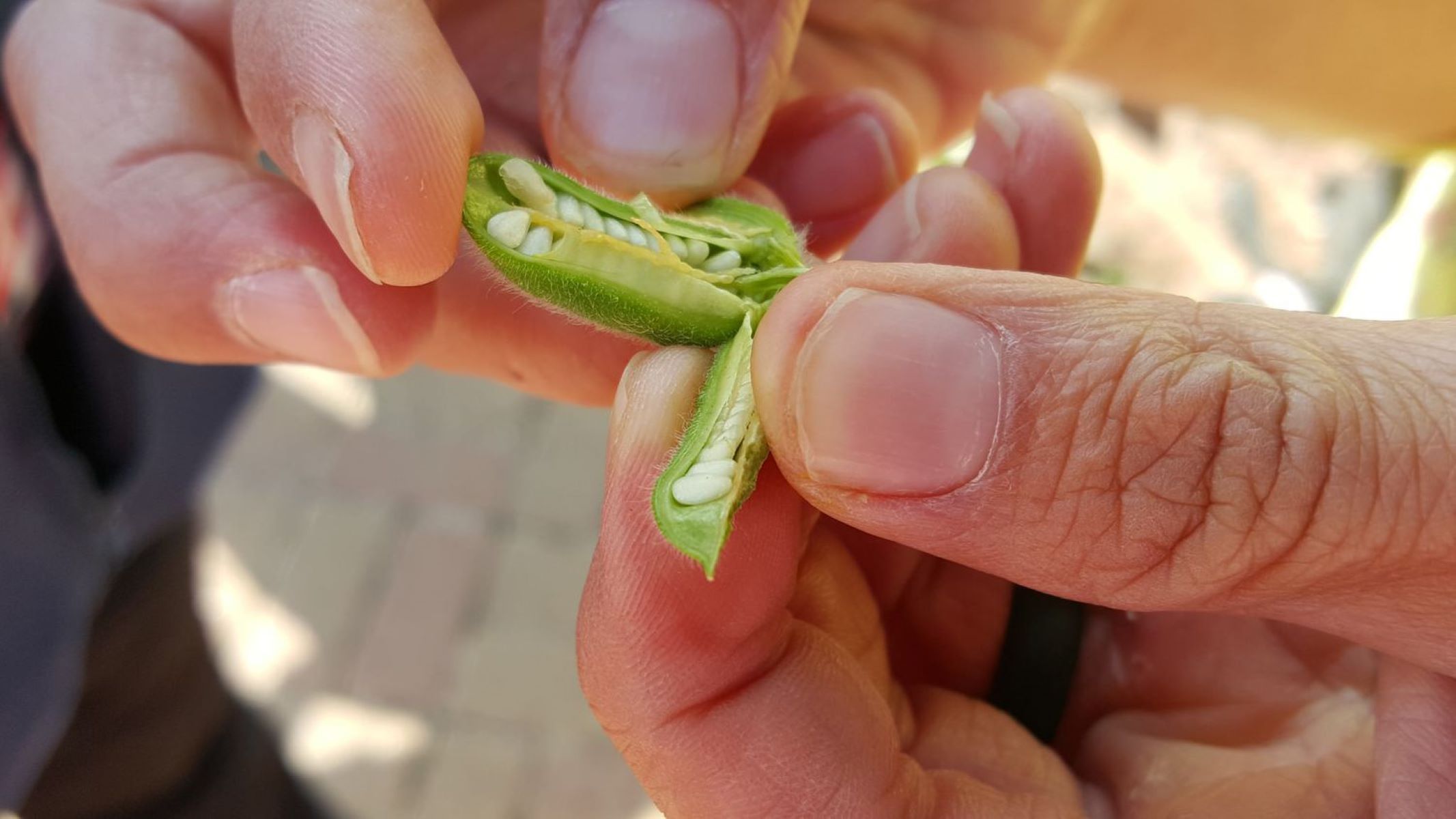
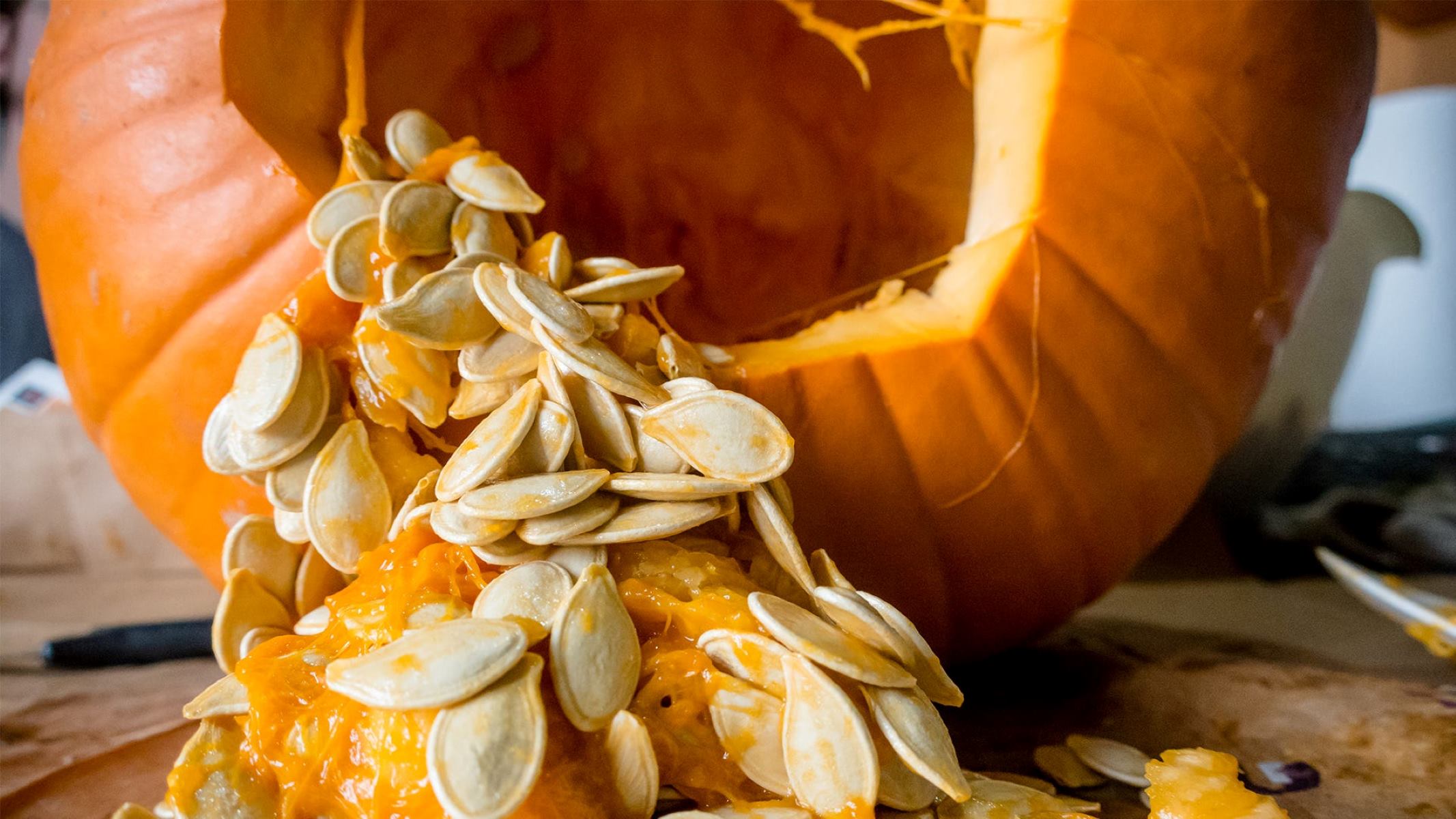
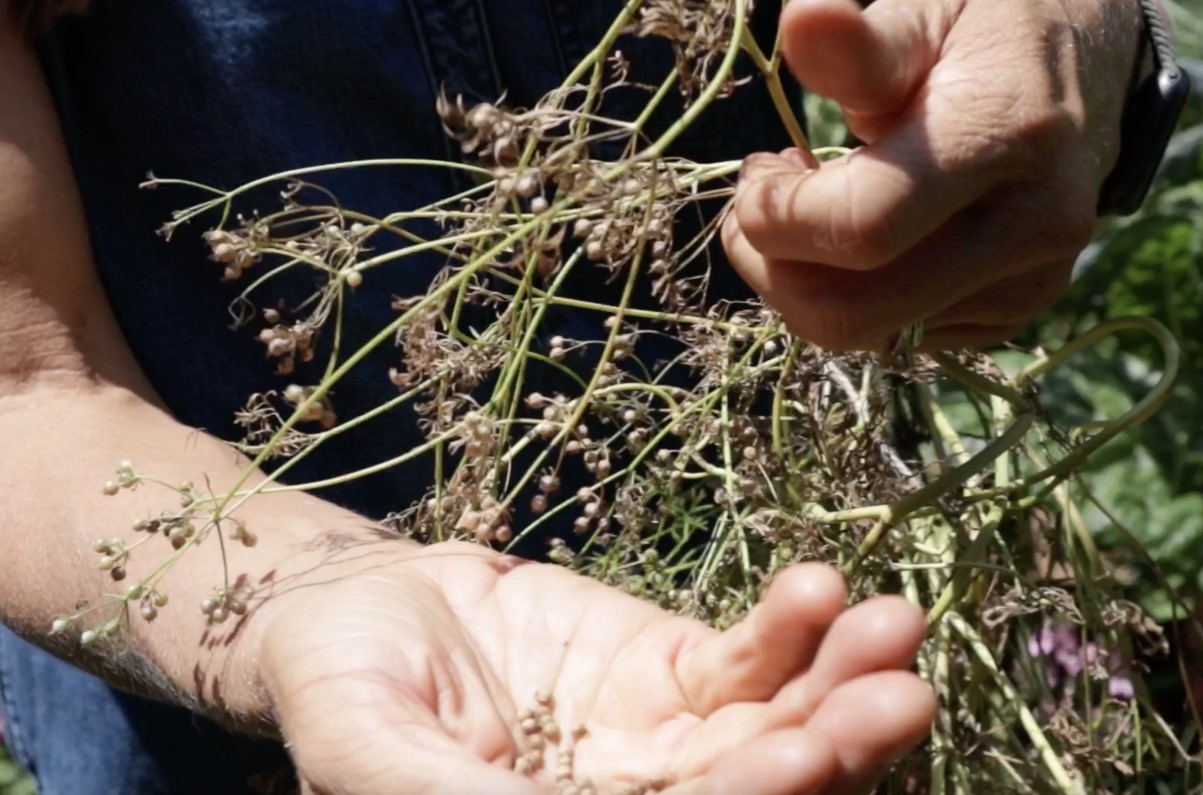
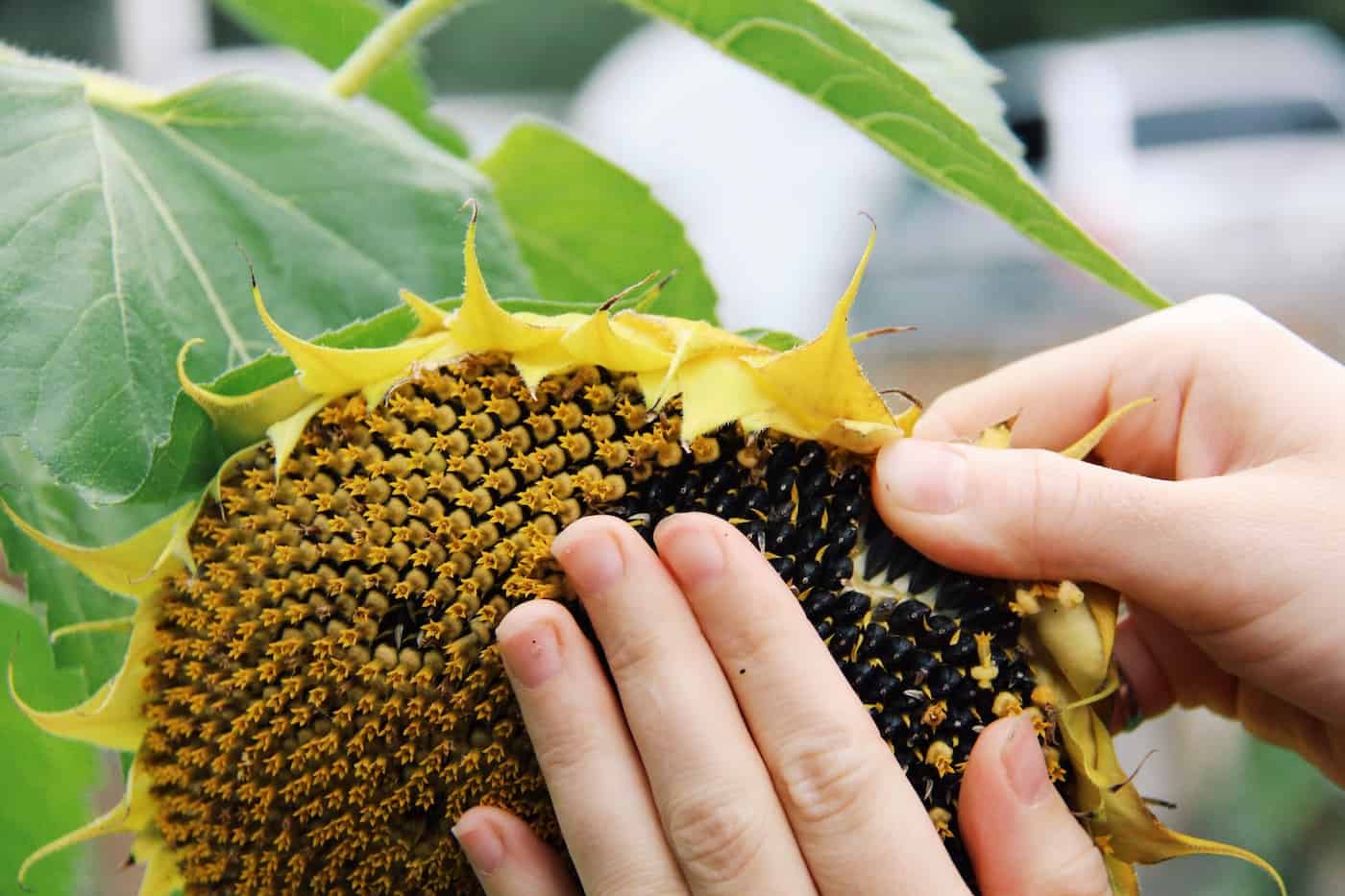
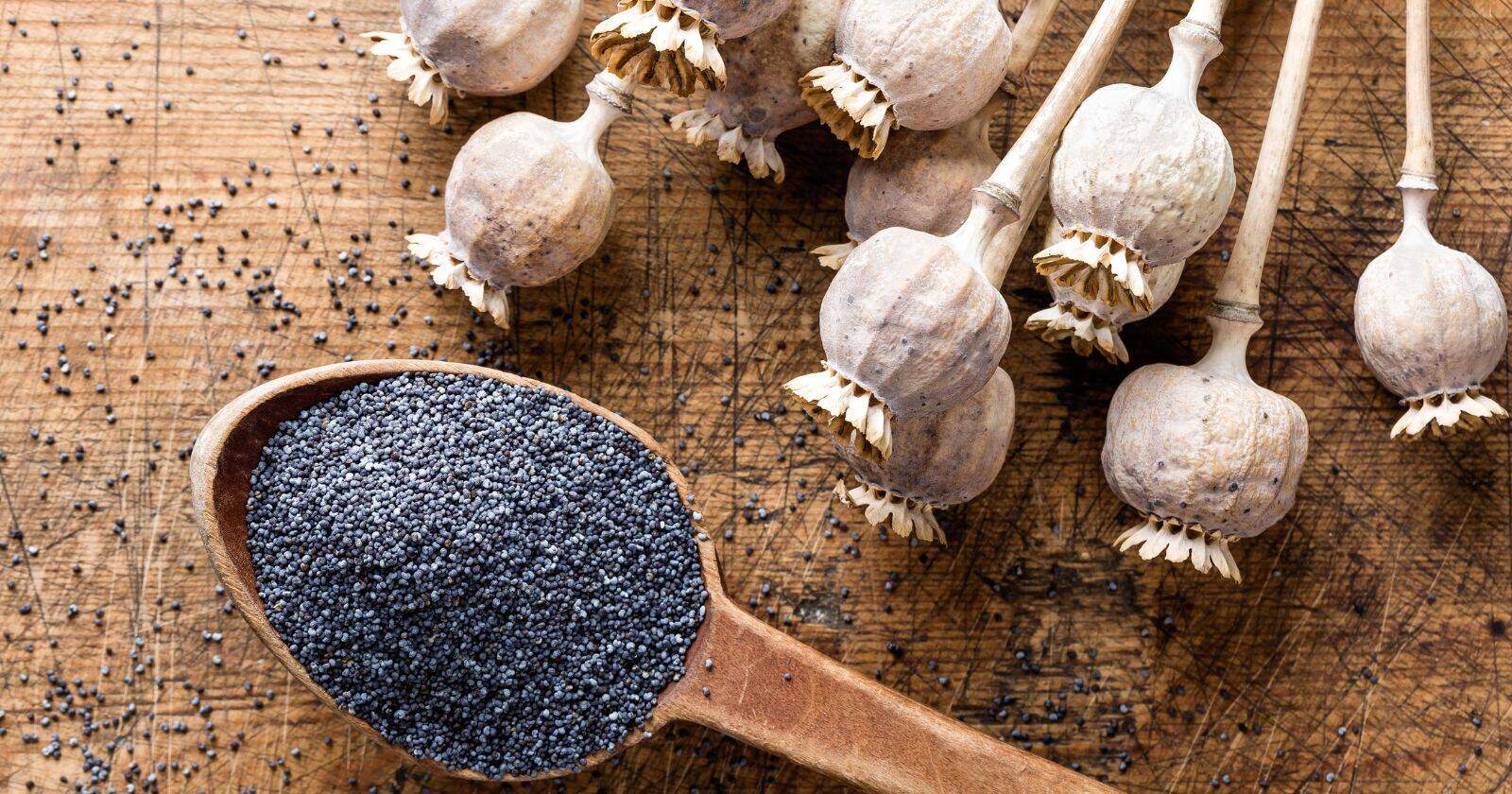
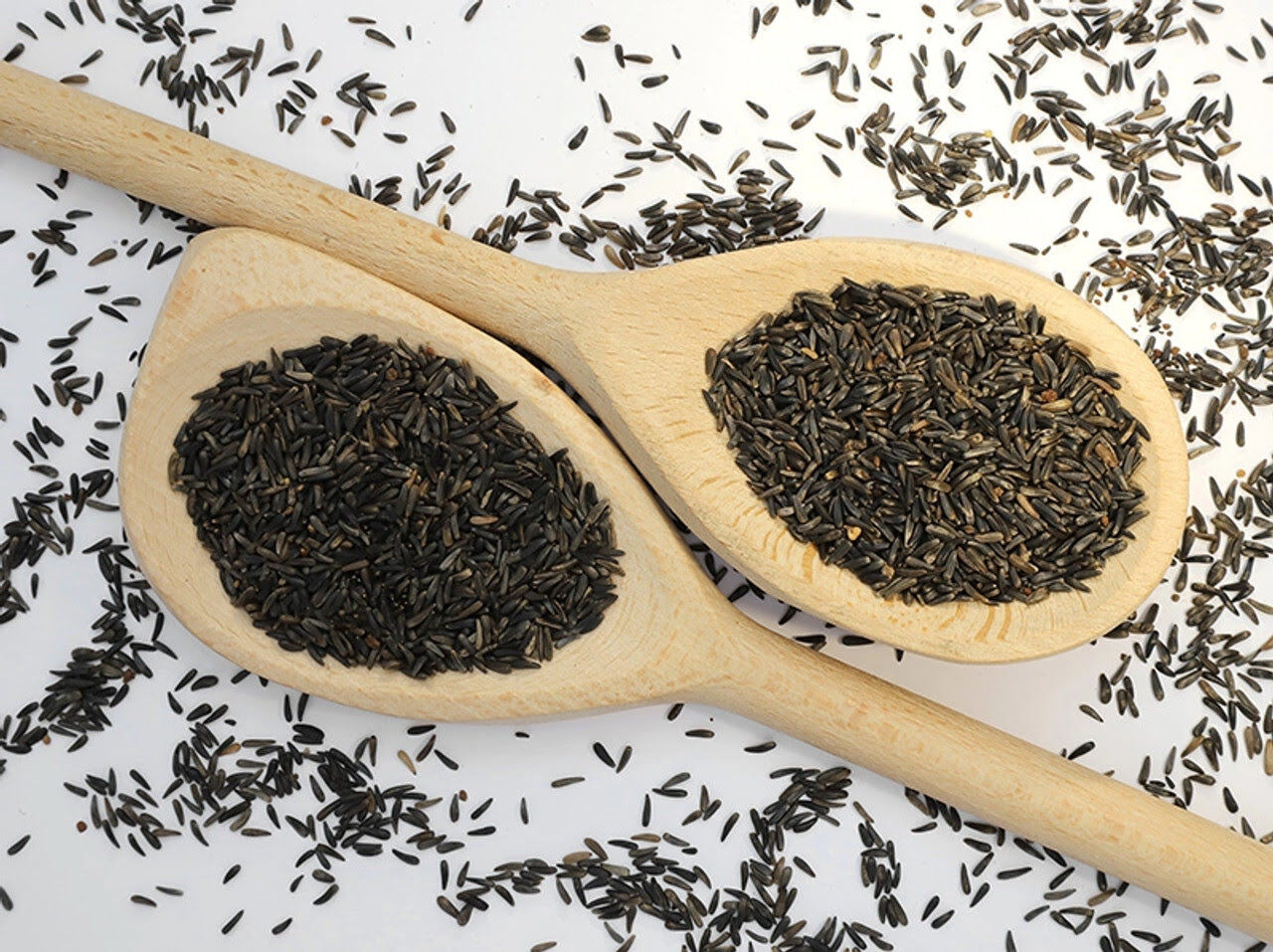
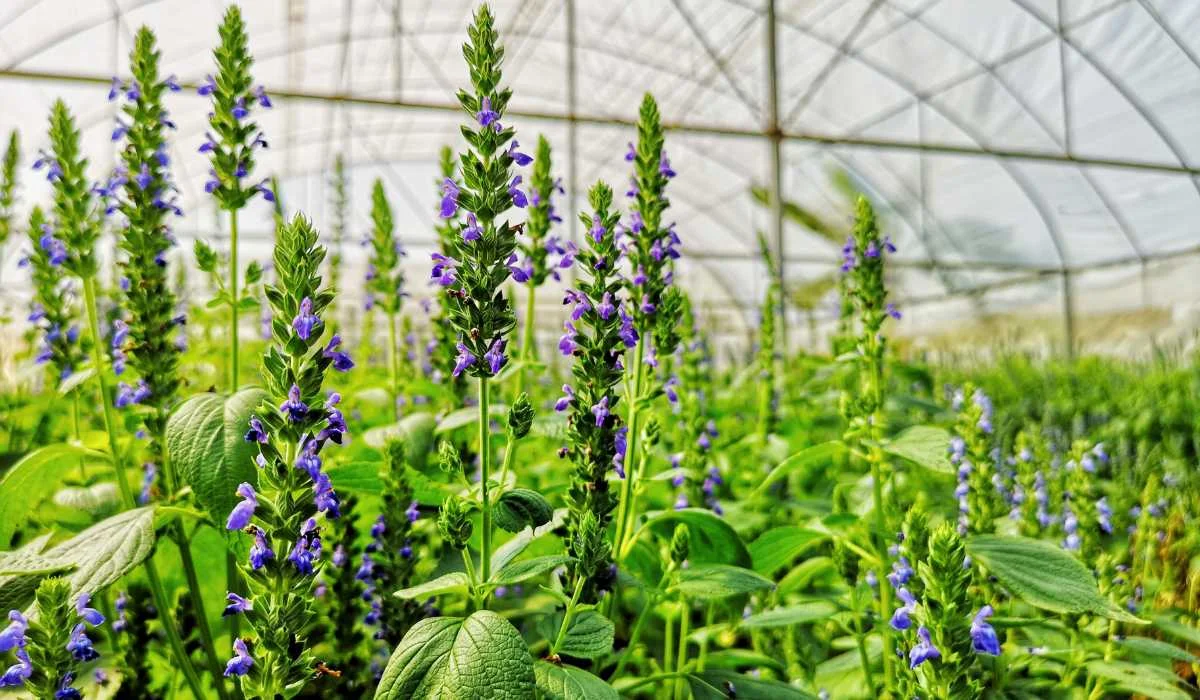
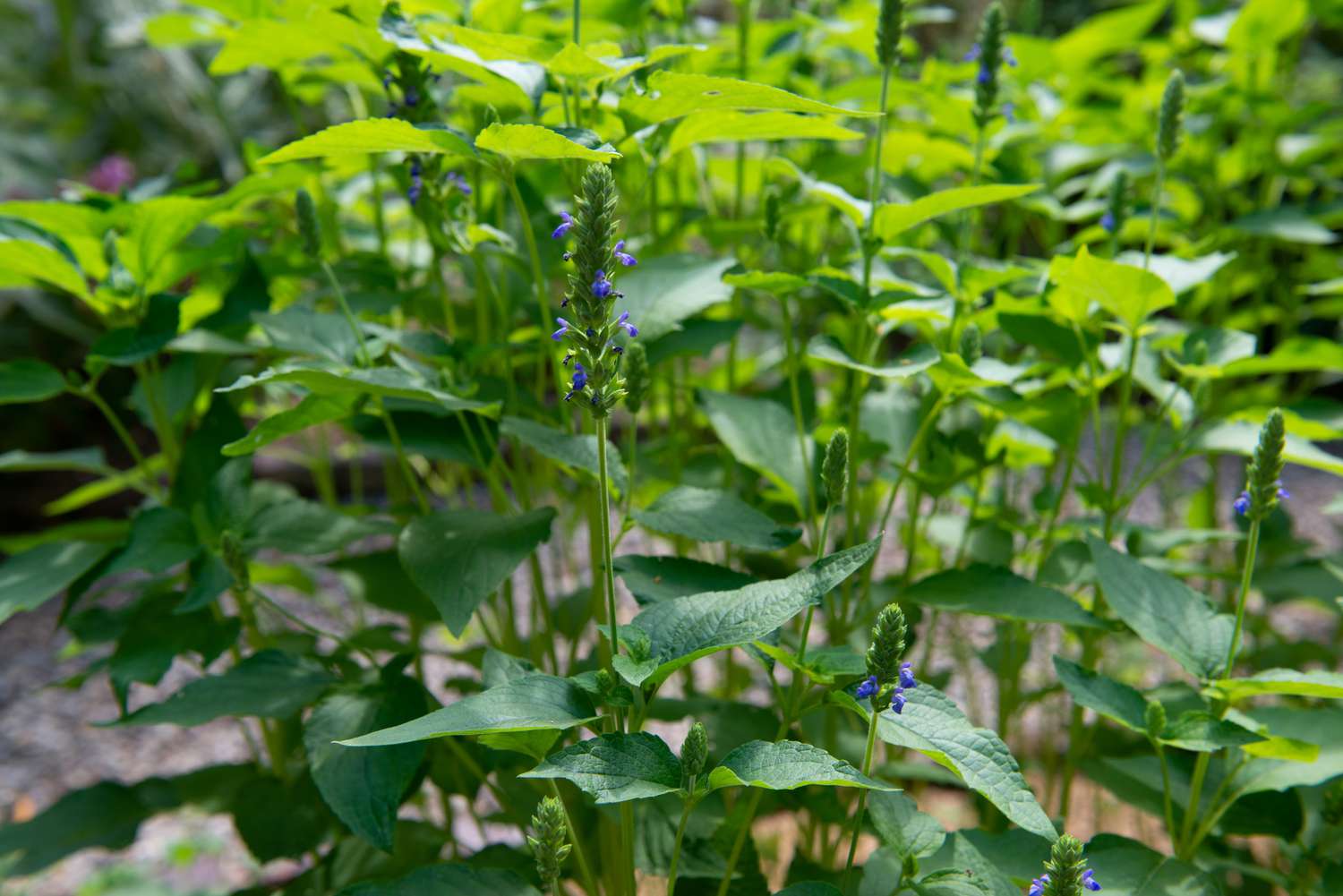
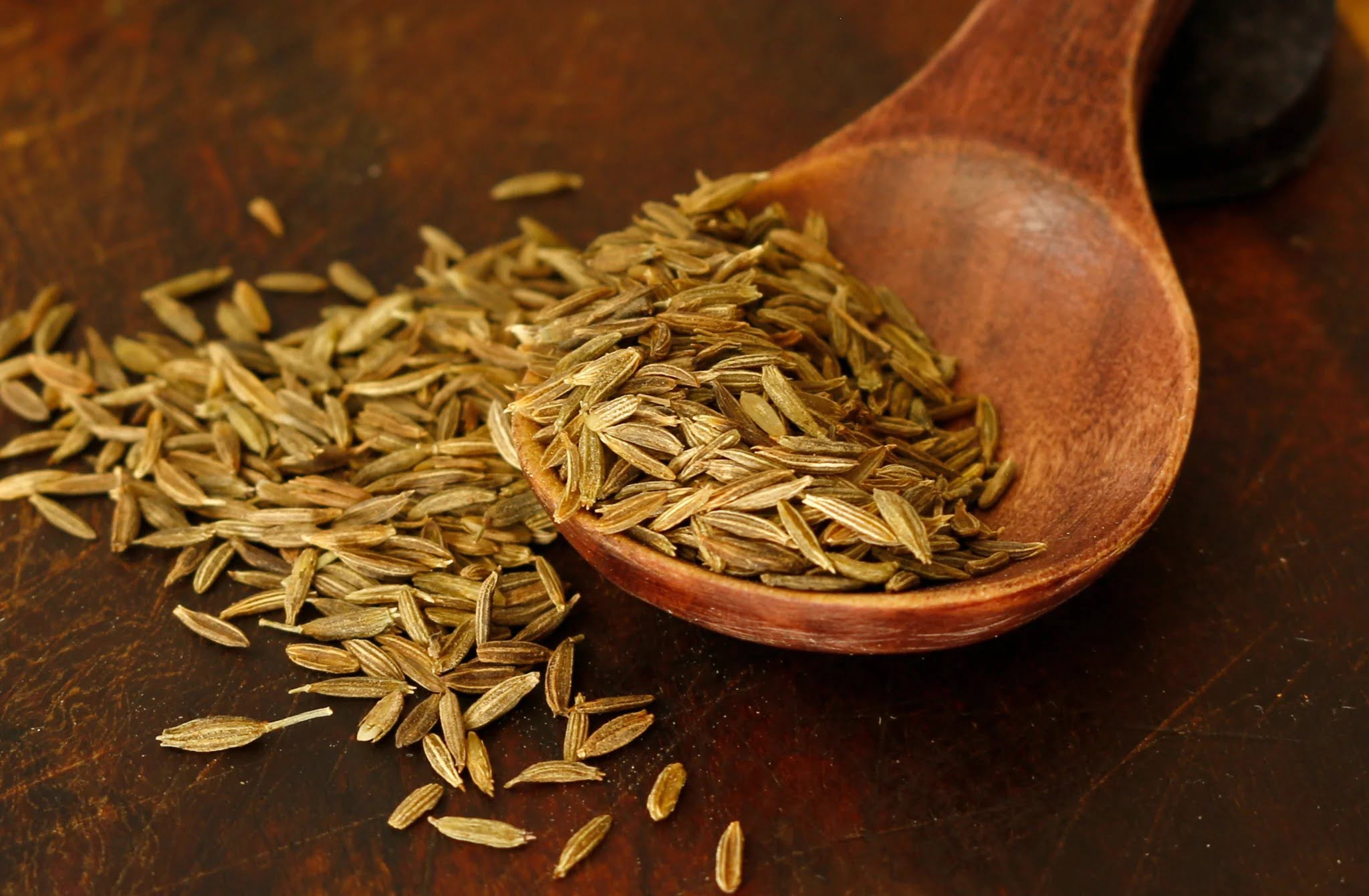
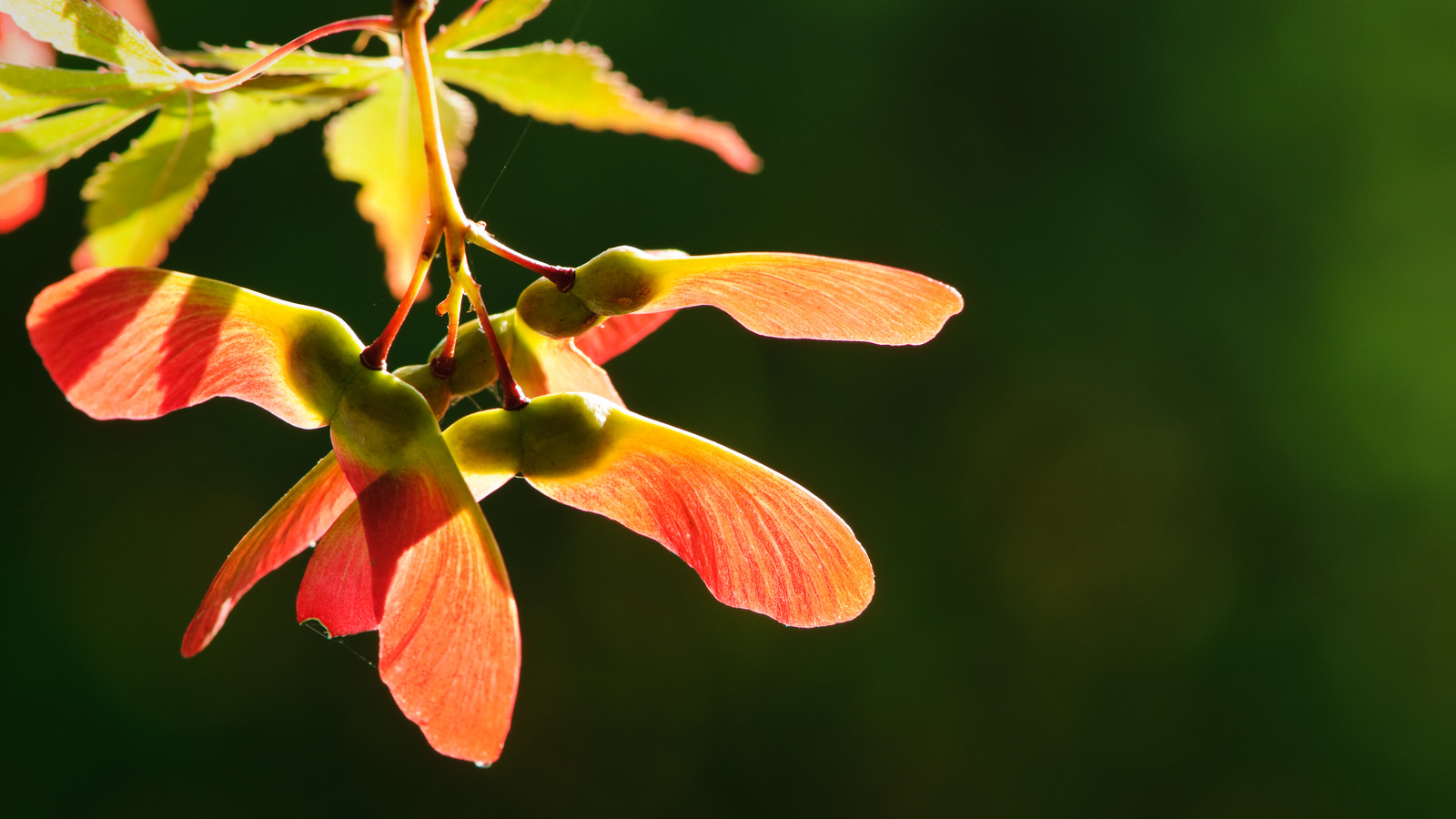

0 thoughts on “Where Do Grass Seeds Come From”